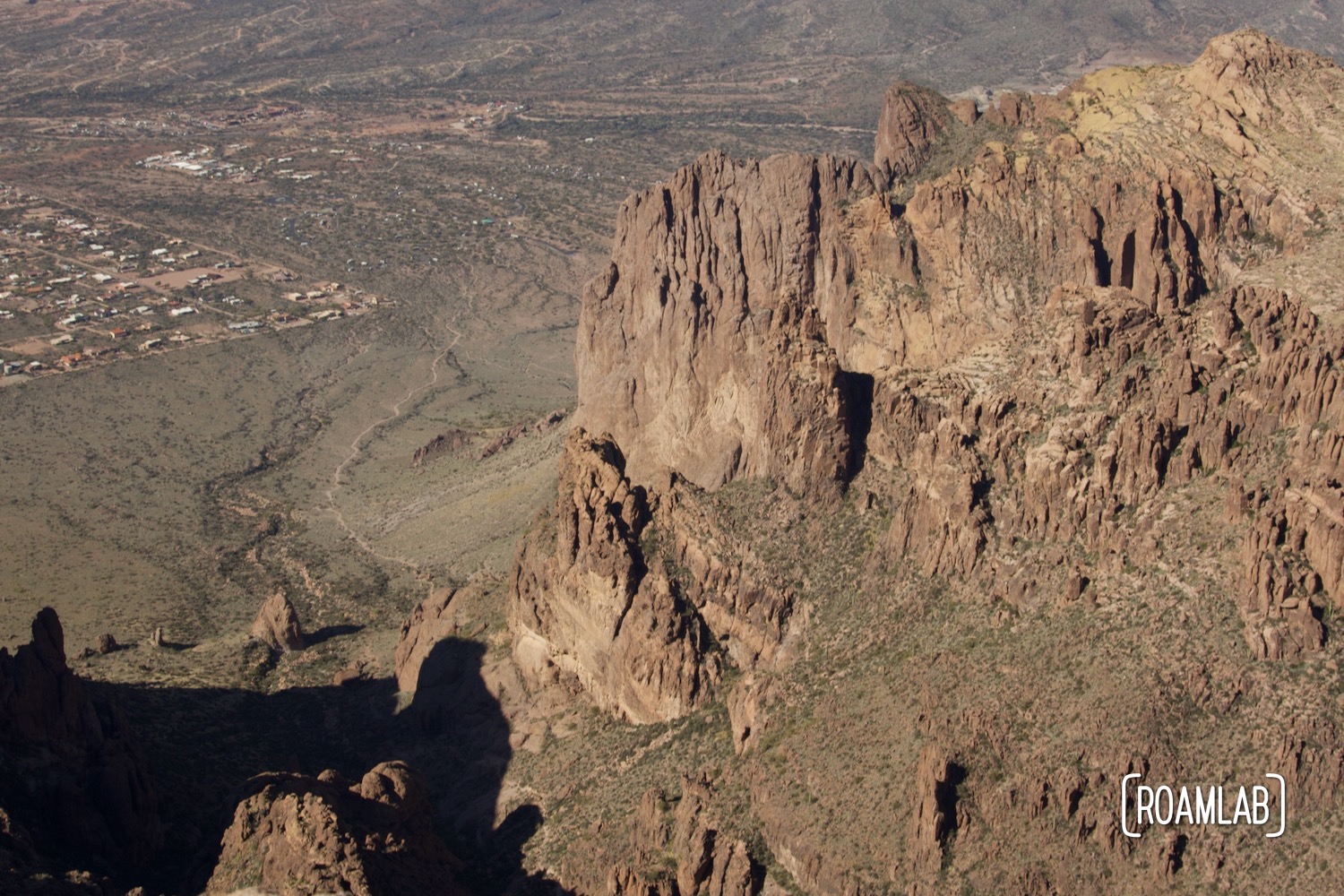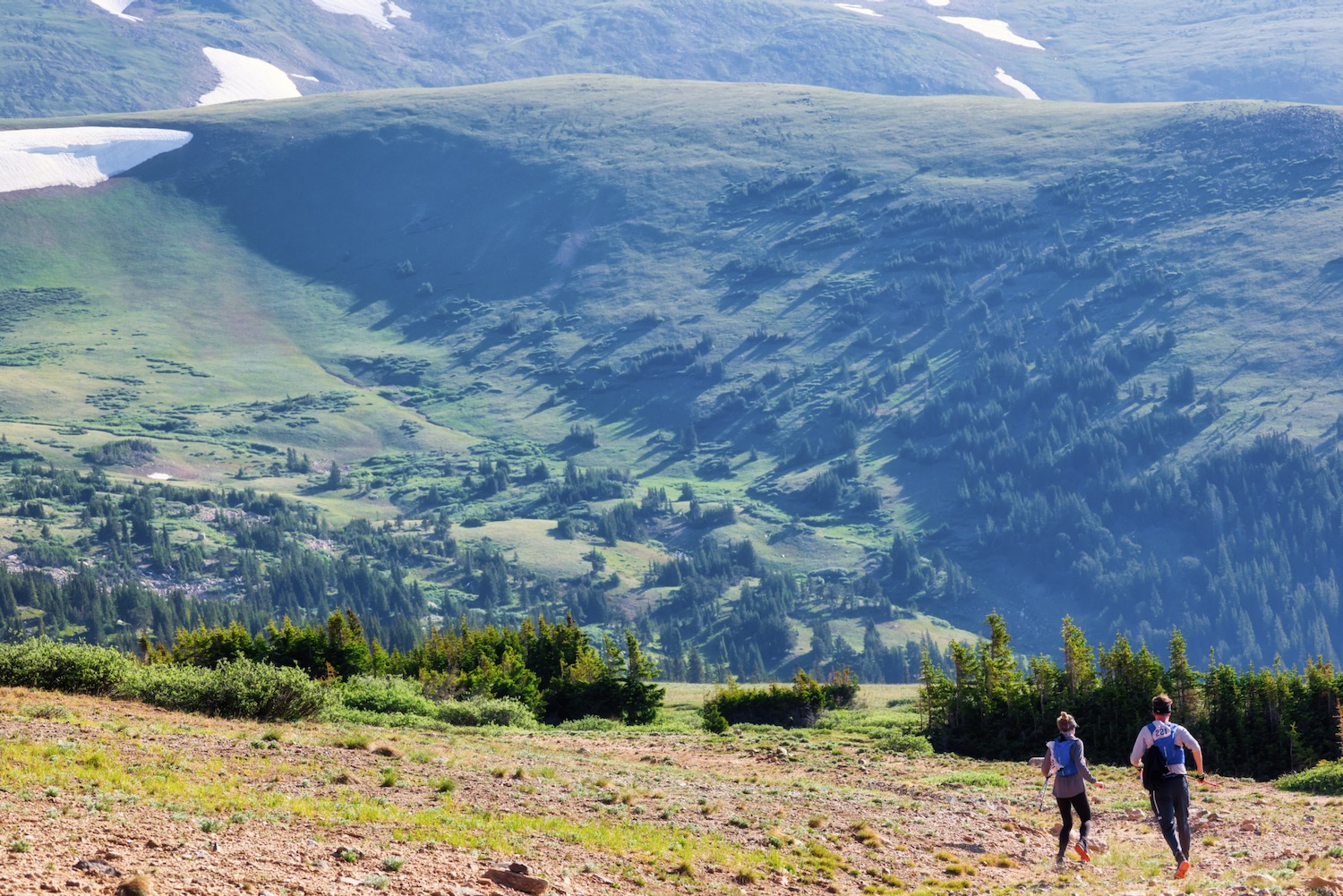
While rougher than the road to the Racetrack, Echo Canyon’s 4-wheeling route was a much more fun drive both for the lack of washboard and the the brilliantly colored cliffs that flank the road.
Echo Canyon
As we drove in, a van was driving out. The driver had made it a mile down the gravel road when he had to turn back. When we made it half a mile further, we understood. A large rock ledge—almost like a series of steps—spanned the narrow entrance into Echo Canyon. 4-wheel drive was a must from the beginning. While the ledge was the most challenging point along the route we traveled, there was no shortage of large boulders we had to navigate around, between, and over.


But the drive itself was worth the challenge. Echo Canyon rose in rainbow cliffs around us. Vicious winds had hollowed out caves and keyholes in the rock. Thanks to the difficult entry, we rarely encountered another vehicle, making for an exquisitely exclusive experience.
Inyo Mine
Ensconced on the hillside of Echo Canyon are the abandoned pits, tunnels, workings, and habitations from the Inyo Mine. Inyo Mine is remarkable for the relatively untouched dilapidation that remains. Most visitors to Death Valley lack the equipment and the interest to travel the 9.5 miles of rough dirt road. Once one is there, however, it’s one of the few ghost towns one can freely explore. Aside from two signs asking visitors not to throw rocks down the mine shaft, there is very little evidence of modern intervention. We even cautiously walked into a couple mine tunnels and squirmed on our bellies to the lips of shafts.






Leaving Zabriskie Point
After finishing our drive through Echo Canyon, we were ready to continue our journey east. As a final farewell, we visited Zabriskie Point. Walking up the short paved foot path to the viewing deck, we mused on the last time we had trudged up this pavement. That time, it was 118°F. Today, it’s perfect. Thank you Death Valley. We’ll definitely be back soon.








